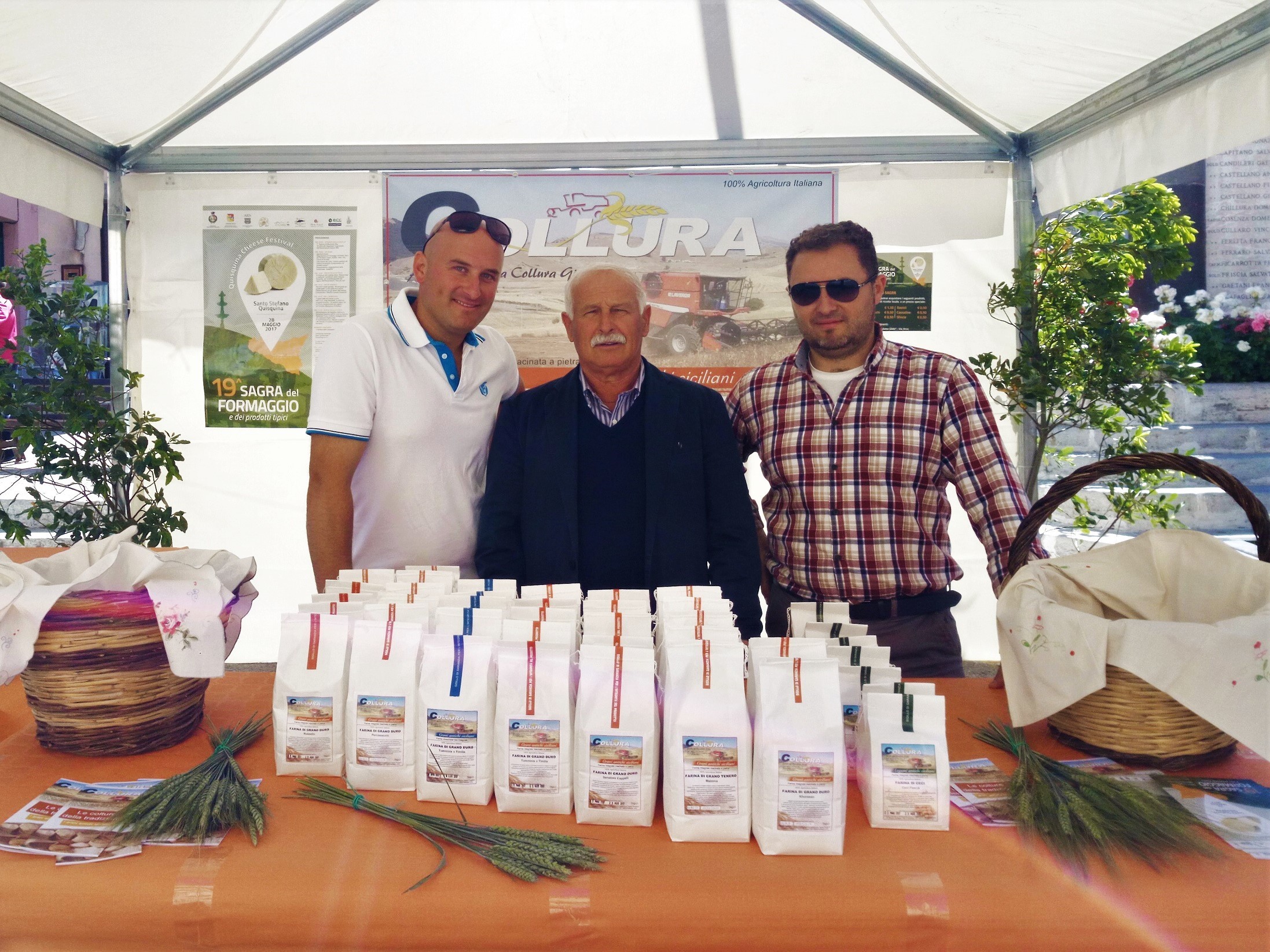Your traditions, always with you
Typical sicialian's products of the Sicani Mountains
Home page Stores Agricultural Companies Az. Agr. Collura Giorgio
Azienda Agricola Collura Giorgio
Organic Reground Flour of Russellofrom 2.20 € *
Price
2.50 €
You save 12 %
Delivery period: 4-5 working days |
|||
Azienda Agricola Collura Giorgio
Santo Stefano Quisquina (AG)
The Company
The company was born in the early 70s in Santo Stefano Quisquina in the heart of the hinterland Agrigentino at about 900 mt of altitude. Over time, the company, handed down from father to son, has been renewed becoming an important reality in the territory of the Sicilian Mountains.
Our mission is to give our consumers a genuine high quality product so we follow directly and, with the help of our own means, all the phases that accompany our products from sowing to harvest. One of the last goals we have to do is to make our organic products, so the company is currently undergoing conversion.
Although we aim for continuous renewal, we always keep in mind the products of the local tradition. Our flour is in fact obtained from the processing of Sicilian ancient grains milled in a mill with stone mills. This processing process allows flours to keep intact their chemical-physical and organoleptic qualities. They are poorly refined, due to the presence of the outer part of the carioxide, the richest of vitamins, minerals and nutrients.
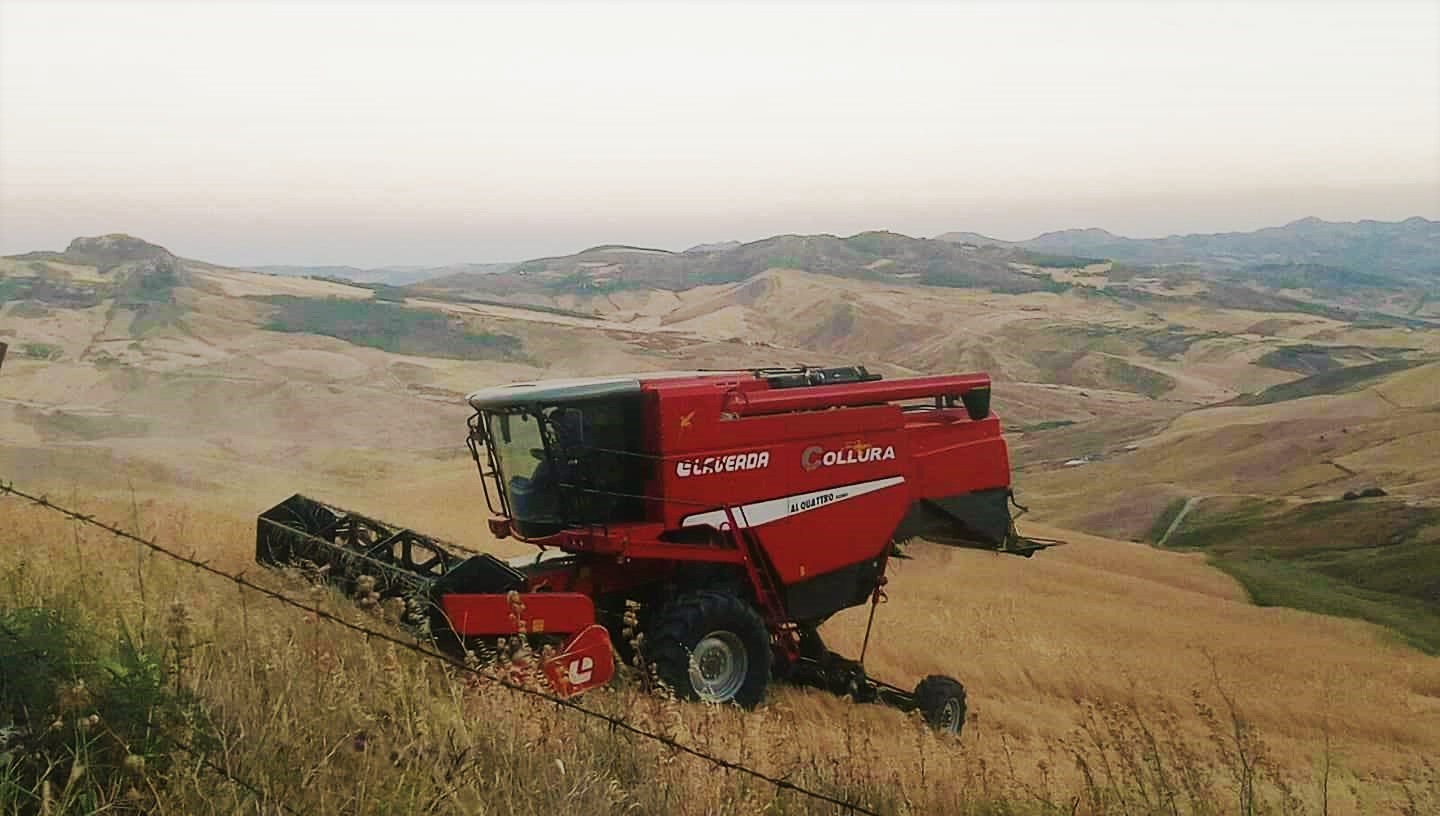
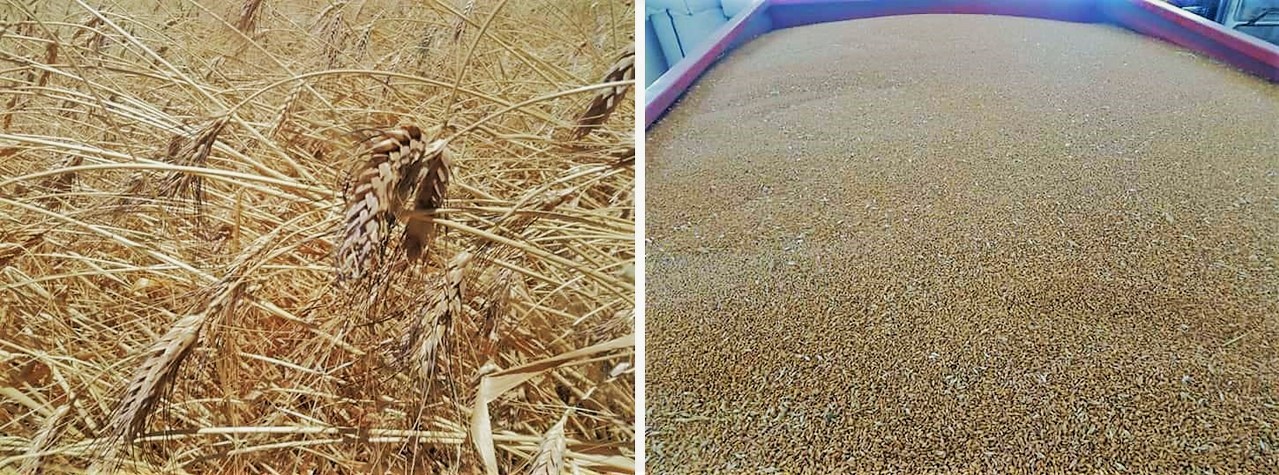
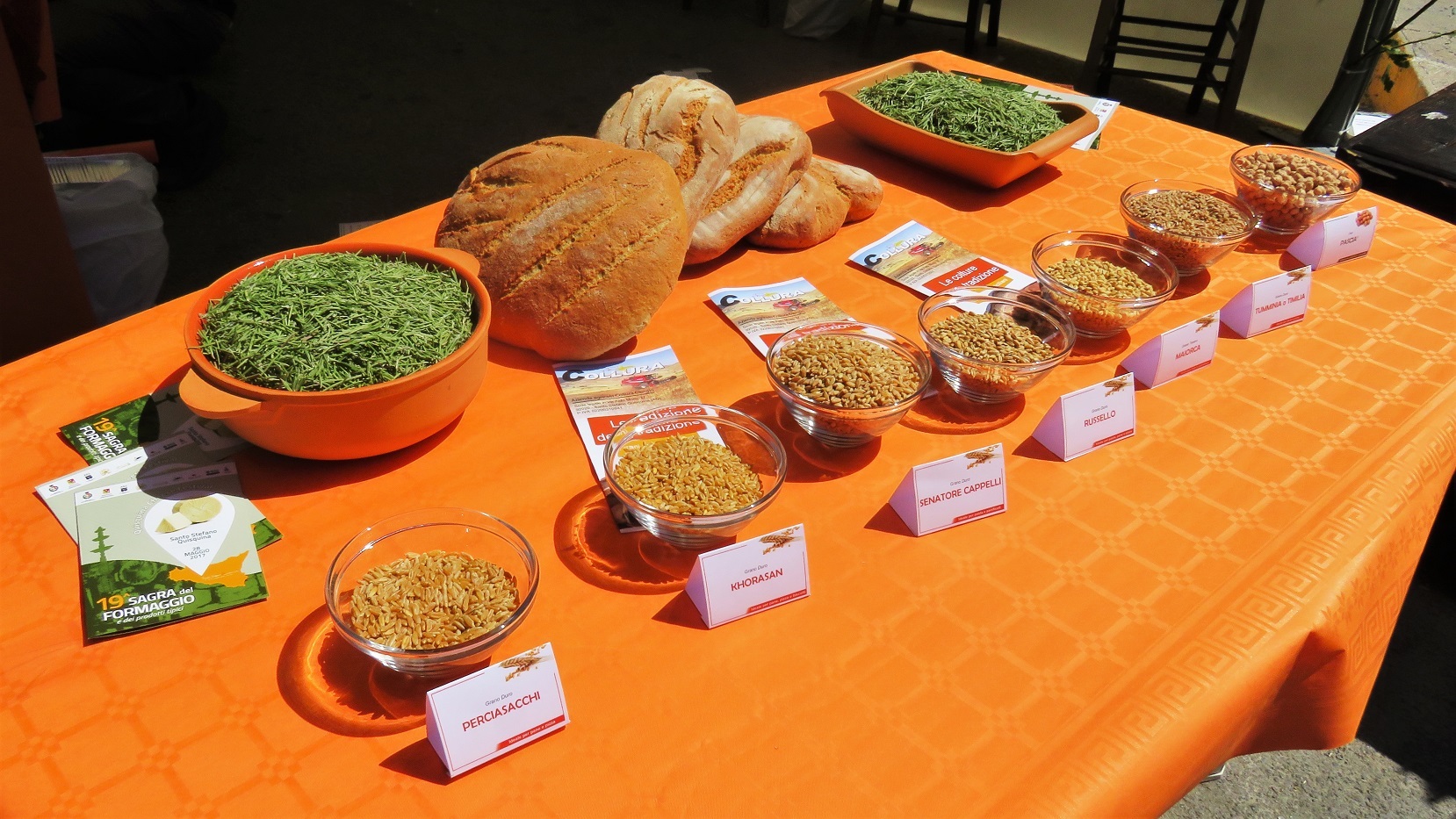
Why is tradition?
Sicilian antique grains, unlike modern grains, are authentic and original varieties of the past, ie they have not undergone any modification by man to increase yields both in terms of production and in terms of physical and chemical characteristics.
In today's grains, the amount and quality of gluten as well as the viscoelastic properties were increased.
The antique grains are characterized by a less elastic gluten and less tenacious than reduces the yield in terms of panicking attitudes but at the same time is less toxic to the human organism.
These have a lower glycemic index than wheat-derived products, thus becoming a good ally if they want to introduce a constant dietary glycemic load over time
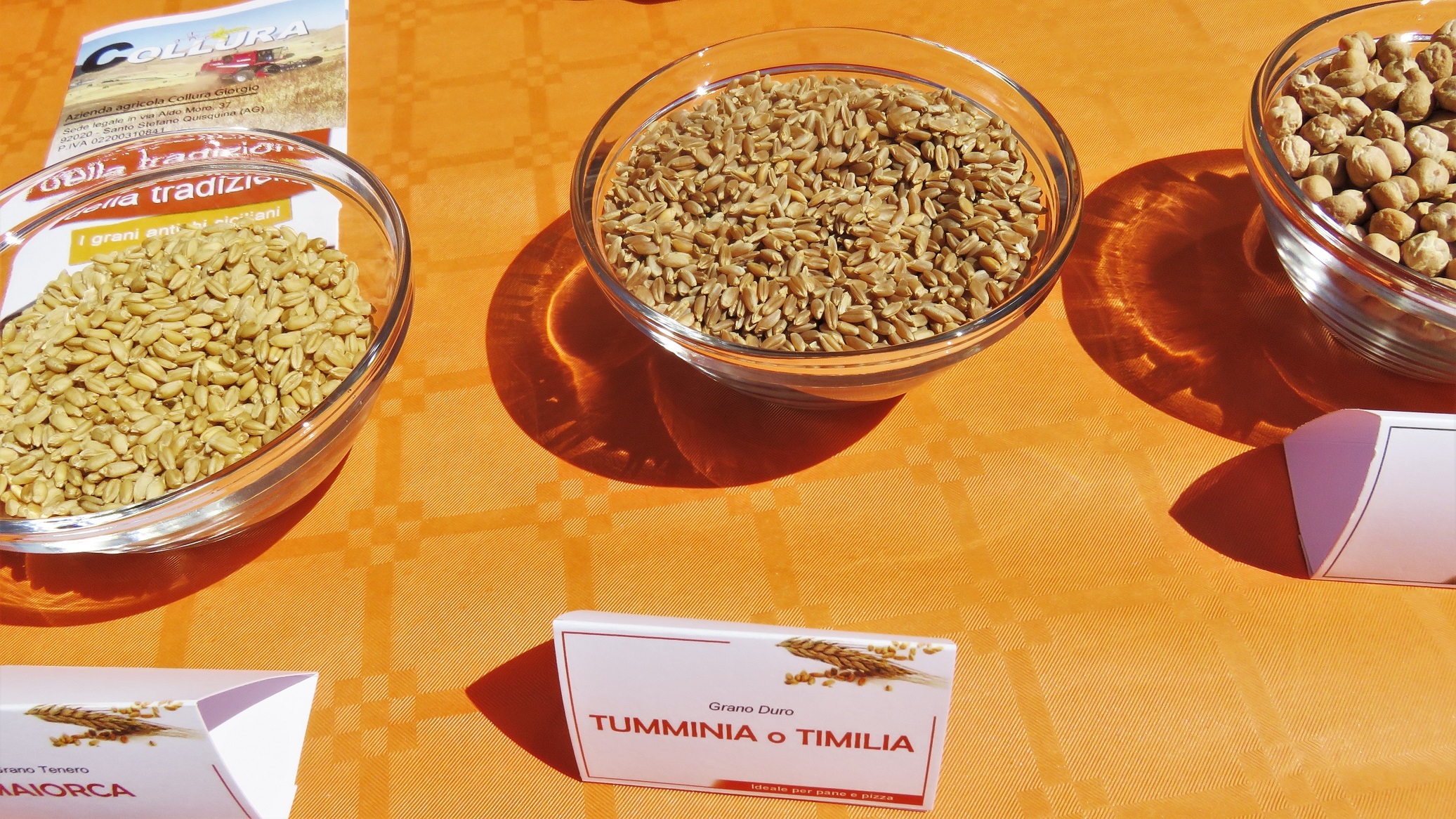
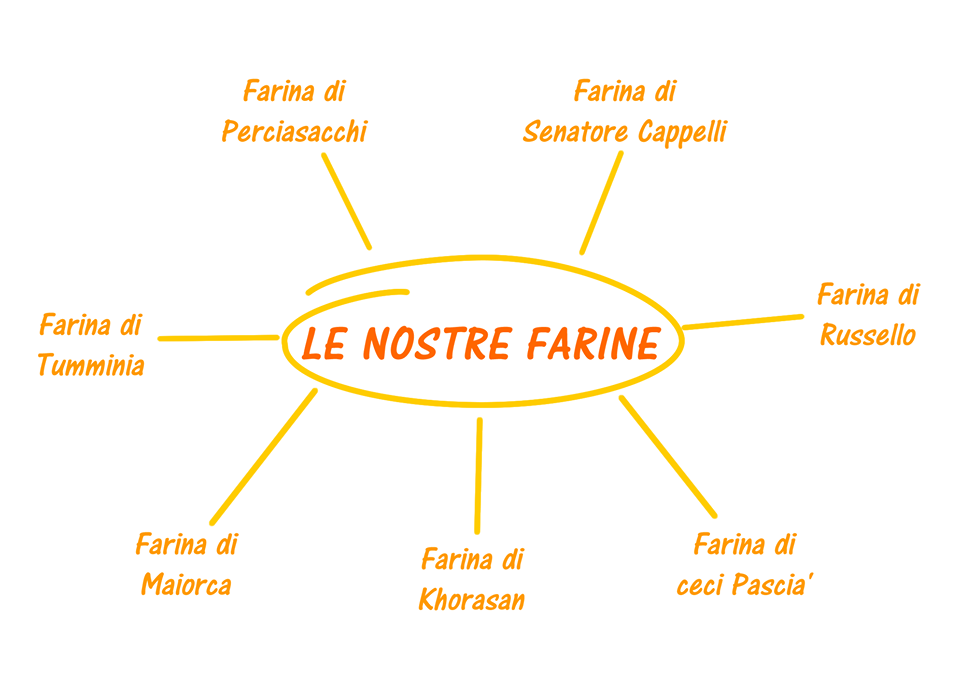
The reasons why they should be consumed:
They have not been genetically modified by humans, so you get a healthier and more genuine product.
They are less refined as machining takes place through stone grinding and therefore keeps the nutritional and organoleptic properties present in the grain unchanged.
They have less gluten, so they are lighter and digestible.
